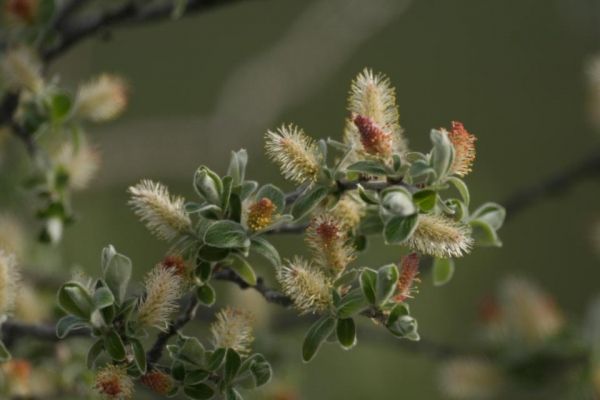A 15-year experiment on Arctic shrubs in Greenland lends new understanding to an enduring ecological puzzle: How do species with similar needs and life histories occur together at large scales while excluding each other at small scales? The answer to this question has important implications for how climate change might shift species’ distributions across the globe.
The study was published today in the journal PNAS and led by the University of California, Davis. Its findings also reveal trends related to carbon sequestration and carbon exchange as the Arctic becomes both greener and browner.
Like lines of traffic traveling the same roads at the same time without crashing into each other, dwarf birch and gray willow dominate the Arctic landscape, covering and overlapping the same expansive territory, yet excluding each other in nearly indistinguishable microhabitats.
Continue reading at University of California Davis
Image via University of California Davis


